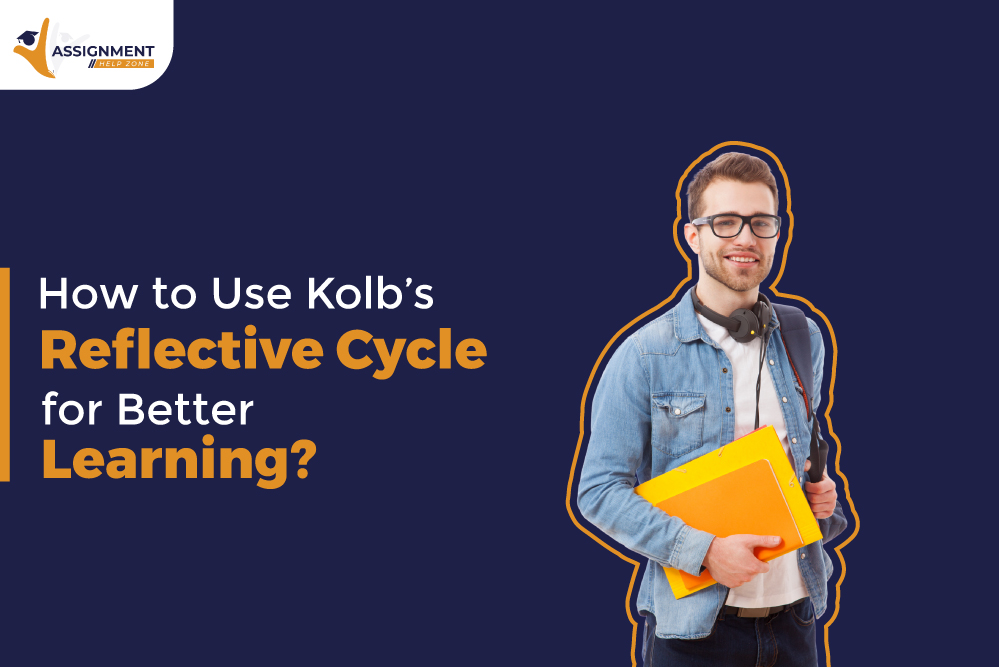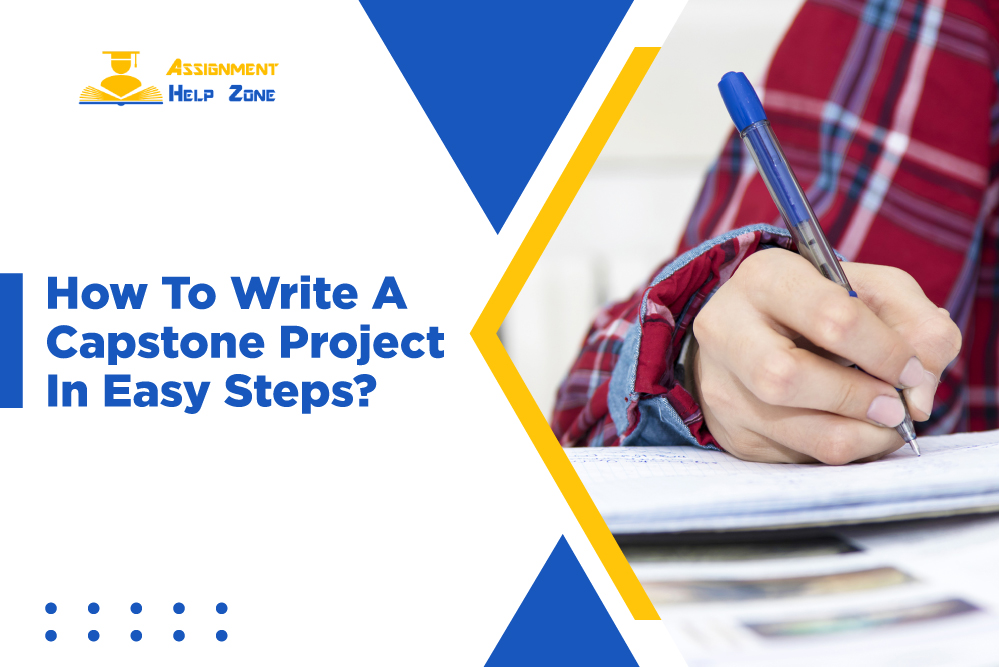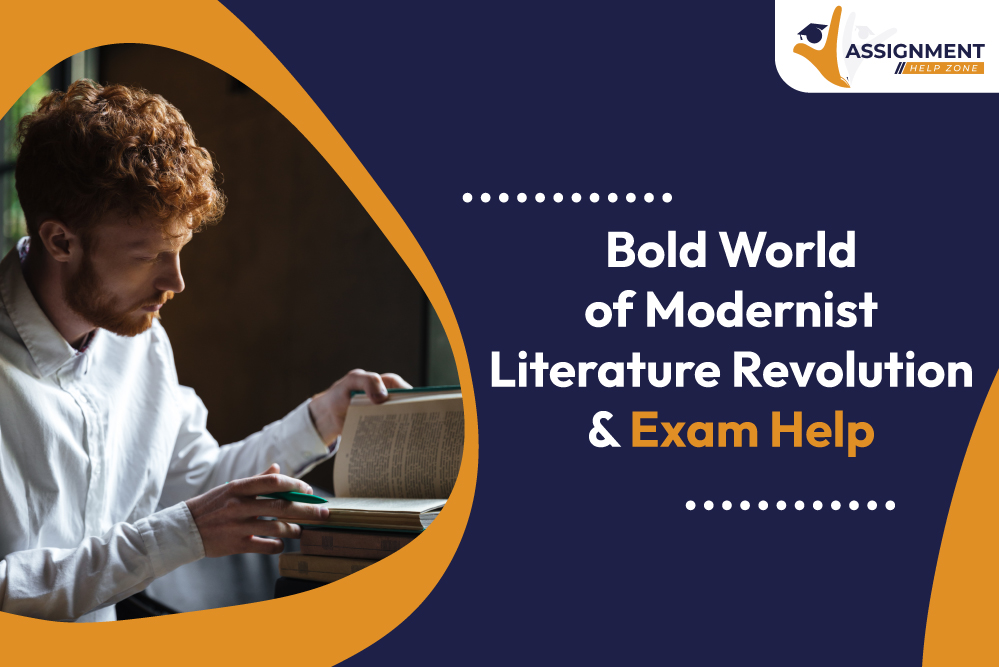Are you a student? If so, you must be familiar with the term learning and have read about multiple reflective cycles and models. Among other models, you may have heard about the Kolb reflective cycle by educational theorist David Kolb. The theory of the Kolb cycle of reflection was discovered in 1984. You must know that this theory can boost your skills, promote improvements, and encourage innovation. If you are unfamiliar with this cycle and need to learn about it for better grades, you can get assignment help online and achieve your desired results.
Did you know Kolb’s cycle of reflection can help employees and learners to absorb knowledge? You must know that learning is a process that fuels the growth of individuals and organisations. Well, this cycle of reflection provides a framework that has the power to transform any business or educational institution.
Apart from that, the beauty of Kolb’s reflective model is that it can be applied to any experience as it is based on an adult learning model. This is why it’s okay to expect valuable insights from HR professionals, business leaders, coaches, trainers, and educators. Do you want to know more about the flexibility of the Kolb reflective model? Are you looking forward to working on performing well? If so, you have to follow this guide and learn how the Kolbs reflective cycle can maximise your learning experience.
What is Kolb’s Learning Cycle?
If you are a student, you have to learn about the Kolbs reflective model. Did you know this cycle has the ability to help you understand things in a better way? In short, this model plays a major role in understanding and analysing before applying any actions.
The most central idea of Kolb’s theory is that learning takes place through experiencing things firsthand. David’s research reveals that learners must become active participants and transform their experiences to learn from them.
Learning outcomes depend exclusively on the learner who advances through Kolb’s experiential learning cycle steps, which include experience, reflection, conceptualisation, and experimentation. Kolb Reflective Cycle 1984: how students develop knowledge during their self-reflective work to simplify their understanding of practical experiences.
Well, it allows them to form abstract concepts. This approach helps students analyse and make sense of their learning in a more meaningful way. If you’re finding it challenging to grasp the cycle, don’t hesitate to reach out for help from experts who can assist with your learning, such as through nursing assignment support.
The Origin of Kolb’s Reflective Cycle
Kolb’s reflective cycle emerged from his observation and work in psychology, education, and business fields. He was motivated by these areas and, through his 1984 book Experiential Learning: Experience as the Source of Learning and Development, launched his model. Well, David’s approach was built on a mix of educational and psychological theories, all of which emphasised the importance of learning through experience.
Also known as experiential learning theory (ELT), Kolb’s reflective theory suggests that learning happens best when people engage with real-world experiences. So, when we encounter situations and take action, those experiences shape our learning. Additionally, the Kolb model of reflection is the idea that reflection on these direct experiences drives growth and development. Well, it does create a continuous and dynamic cycle of learning.
Why Use the Kolb Reflective Model?
Did you know there are so many different learning models? Anyway, you may wonder why Kolb’s model is so outstanding and what makes it special. You are in the right place to find your answers! You must know that among all the learning techniques, experiential learning is often considered to be one of the most practical and involving techniques.
Well, it’s easy to understand and apply, which is why Kolb’s model is so effective. The reflective model Kolb was typically designed to help students grasp concepts through direct experience, and it’s built around a simple yet powerful idea: learning through doing.
Additionally, you should know that Kolb’s reflective model breaks the process down into four key stages. Well, it does guide students through each step of their learning journey. According to David Kolb’s research, a student—or anyone, really—goes through a cycle of hands-on experiences that lead to observation and reflection.
So, these reflections then connect with what they already know, which is then translated into new theories or concepts. Over time, this process results in fresh insights and approaches, helping students develop deeper understanding.
Kolb’s Cycle of Reflective Practice
The Kolb 1984 reflective model practice is designed to help people learn from their personal experiences. You must know that this model can typically be used as the basis for the reflective essay’s structure. Did you know this model is based on four stages? Well, those four stages require you to work through each one before it leads to new experiences. Do you want to know about those four stages? If so, here is what you should know about the David Kolb reflective cycle:
Concrete Experience
Have you ever heard of concrete experience? If it is not the case, you should know this is the part where you would actually experience what is happening. This is where you must know what describing what happened was, how you felt at that specific time, and what stood out to you as you reflective through writing.
Reflective Observation
The reflective observation is the moment when you step back and think about the experience. Well, you should know that it’s about reflecting on what you went through and how you felt. Apart from that, it connects your past knowledge, skills, and other experiences.
Abstract Conceptualism
Here in abstract conceptualism, you dig deeper into what you have learnt from the experience. Well, it’s all about analysing what happened, understanding why things worked (or didn’t work), and thinking about what it means. Moreover, this helps you think about areas you want to explore further.
Active Experimentation
Active experimentation is that you have taken what you have learned and you’ve moved into acting. In a word, it’s about applying your reflections in real life—you set practical goals and work out how to move forward. Your goals must be specific in nature and also easy to achieve while remaining actionable in their design.
Pros and Cons of Kolb’s Reflective Learning Cycle
Success in academia requires students to understand Kolb’s experiential learning cycle both strengths and limitations. Well, while implementing this cycle in practical life, it’s crucial for students and even professionals to be aware of its basic pros and cons. You must be curious about them. If so, here we have separated them for you:
Strengths of Kolb Reflective Practice
| S.No | Strengths of Reflection | Points to Consider |
| 1 | Learning Style Clarity | “One size fits all” doesn’t apply to learning! This model helps learners understand their unique style preferences. |
| 2 | Growth-Minded Focus | Step-by-step reflection encourages personal development in a structured way. |
| 3 | Deeper Understanding | Looking back on experiences with this cycle leads to richer insights and self-awareness. |
| 4 | Potential for Strain | Intense reflection can be emotionally taxing without guidance from a mentor or leader. |
| 5 | Limited Research | While promising, more studies are needed to fully validate the concept. |
Weaknesses of Kolb’s Reflective Practice
| S.No | Potential Pitfall | Why it Matters |
| 1 | Emotional Intensity | Digging deep into past experiences can be emotionally taxing. It’s important to have support if needed. |
| 2 | Limited Scope | The model might not capture all the complexities of how we learn, such as social and cultural influences. |
| 3 | Research Still Evolving | While promising, the model is still being researched. Its full effectiveness for everyone is yet to be fully established. |
Kolb’s Four Learning Styles
Kolb’s learning cycle has four stages. However, what’s really important is how these stages come together to shape different learning styles. Kolb suggests that learning style is dependent on which of the two stages of the cycle an individual prefers and thus guides the way in which he or she will interact with new experiences.
Businesses and schools can thus better design their learning programs based on how people learn best, and thus result in more interested learners and improved outcomes.
Diverging (Feeling and Watching)
People with diverging learning styles like to gather information and reflect on it. So, they are usually great at seeing things from different perspectives and coming up with creative ideas. They’re great in brainstorming sessions and are excellent at thinking outside the box.
Assimilating (Watching and Thinking)
Learners with an assimilating style prefer to observe and think. So, they enjoy working with theories and concepts more than practical tasks. Apart from that, they’re logical, structured thinkers and excel in situations where they need to understand complex ideas, like research or writing reports.
Converging (Doing and Thinking)
Converging learners like to put ideas into action. This is the reason; they are usually great at problem-solving and decision-making, especially in technical or hands-on situations. They enjoy applying their knowledge to real-world challenges and are good at turning concepts into practical solutions.
Accommodating (Doing and Feeling)
Accommodating learners prefer hands-on experience and learning through action. Well, they tend to rely on intuition and enjoy experimenting with new ideas. So, you can find it flexible and thrive in situations where you need to take risks and adapt quickly. This makes them great in roles where they need to lead or face complex challenges.
Final Thoughts
Learning is a continuous process that plays a major role in an individual’s and any firm’s growth. You must know that Kolb’s reflective cycle is a key to the learning process. So, if you want to achieve success, you need to work on yourself and make sure to implement this cycle in your academic and personal life.


